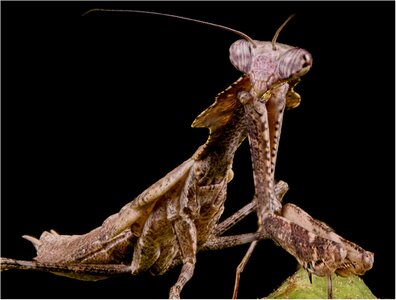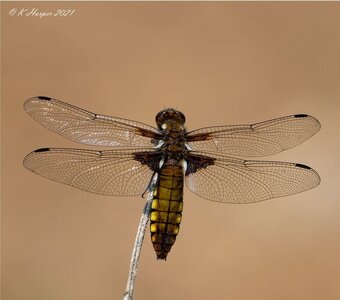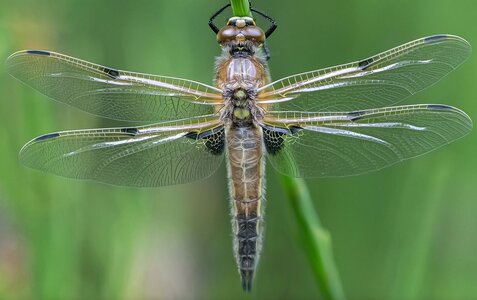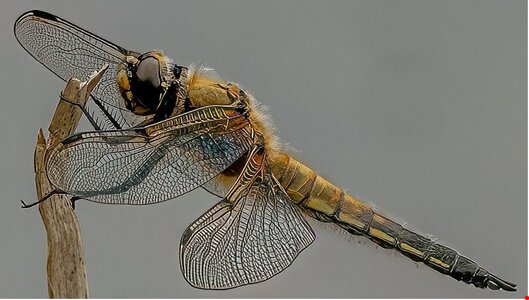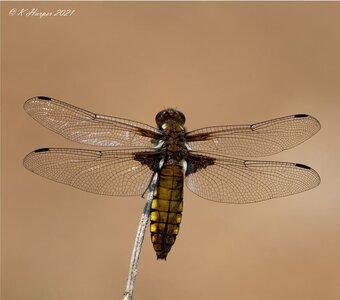Pro Member
- Followers
- 9
- Following
- 0
- Joined
- Sep 14, 2020
- Posts
- 514
- Likes Received
- 355
- Trophy Points
- 0
- Name
- Mike
- City/State
- Illinois
This tiny little guy was about the size of your thumb nail or a dime. One pic has what appears to be wing fringe, but I believe that shot was wing movement and my shutter was slightly too slow. He kept fluttering his wings. Surprisingly, in some pics even at f/13, part of moth was too soft, and was not due to the fluffy texture of the furry coat Portions of antennae were too soft. So my f/13 theory ref. DoF may be wrong. 

Close-up:

Tight closeup:

Different angle:

Another diff angle:

.
- ILCE-7RM4
- FE 135mm F1.8 GM
- 135.0 mm
- ƒ/13
- 1/60 sec
- ISO 100
Close-up:
- ILCE-7RM4
- FE 135mm F1.8 GM
- 135.0 mm
- ƒ/13
- 1/60 sec
- ISO 100
Tight closeup:
- ILCE-7RM4
- FE 135mm F1.8 GM
- 135.0 mm
- ƒ/13
- 1/60 sec
- ISO 100
Different angle:
- ILCE-7RM4
- FE 135mm F1.8 GM
- 135.0 mm
- ƒ/13
- 1/60 sec
- ISO 100
Another diff angle:
- ILCE-7RM4
- FE 135mm F1.8 GM
- 135.0 mm
- ƒ/13
- 1/60 sec
- ISO 100
.

